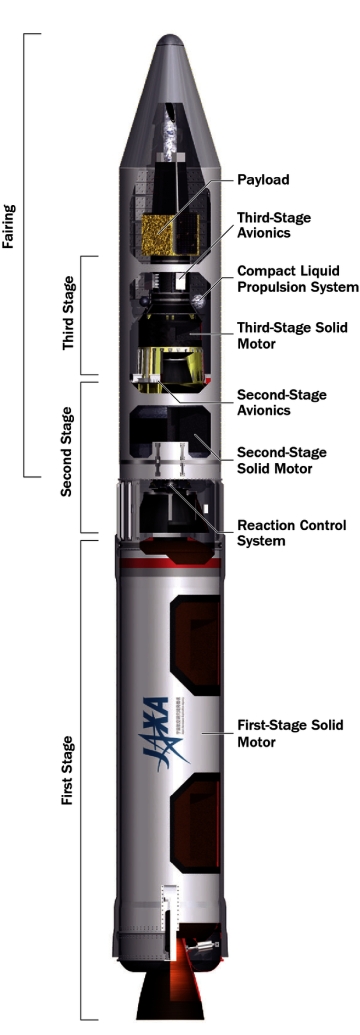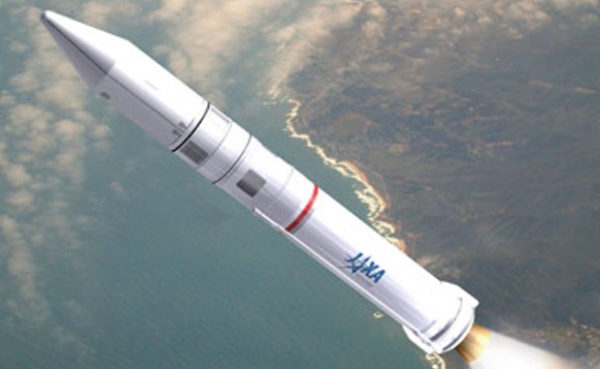The partial and qualified relaxation announced this January came as no surprise. I had been talking to Keidanren and MHI about this off and on since 2004. Here is the front page of Defense News, with the full story below in text form. Also, to follow, is something remarkable from David Isenberg, adjunct scholar at the Cato Institute, which in addition to “Individual Liberty, Free Markets and Peace” also believes in ripping off my work, including my data collected from the JMOD, without any attribution :-(…

Here is the original copy:
By Paul Kallender-Umezu
Last December’s announcement by Chief Cabinet Secretary Osamu Fujimura that Japan will relax the nation’s 1960’s-era de facto ban on exporting arms will probably lead to an increased presence of high-quality Japanese components. But the caveats behind the relaxation and the effects of four decades that have left Japan’s comparatively small and suffering defense production base globally uncompetitive will probably mean the effect of the change may be mixed or marginal, at least for the short term, according to analysts.
The so-called “three principles on arms exports” first set in April 1967 prohibited Japan from selling weapons to communist states, countries subject to embargoes under UN resolutions and nations involved in armed international conflicts. Under the new rule, Japanese companies will allowed to participate in the international joint development of military technology but with significant strings: Japan will be able to export enable exports of guns and other weapons to other nations only if they are to be used for peace-building and humanitarian assistance.
Such restrictions have led to a comparatively lukewarm reaction from industry and analysts.
While Japan’s most powerful business lobby, Keidanren, which has spent decades lobbying for the relaxation quickly issued a statement praising the move, a source related to Japan’s defense industry said the devil will be in the details.
One immediate issue following last December’s news that Japan will purchase 42 F-35 Joint Strike Fighters is whether domestic makers can profit from it. While Japan has been informed that it will be able to assemble about 40% of the 5th generation stealth fighters, the message from the source amounted to a “so what?”
“Yes, it’s true to say that we are pleased about the news,” the source said. “But it is not clear to us what equipment, what kinds of equipment and under what stipulations the equipment can be exported. It is said that the F-35 will be covered, but we don’t even know yet what Japan is supposed to be building,” the source said.
Complicating the issue is Japan’s 60-year pacifist legacy, which has lead to diplomatic caution while stunting Japan’s ability to gain leverage on the international market.
Firstly, people should not read too much into the timing as December was the first opportunity for the pro-Alliance administration of Prime Minister Yoshihiko Noda, following two administrations less friendly to the United States, to fulfill his election pledge to effect the change, according to Dr Hiroyasu Akutsu Senior Fellow, Northeast Asia Division at Japan’s National Institute for Defense Studies.
“Mr. Noda already decided to relax the existing arms exports, which had long been over-due, before his planned visit to the U.S. in January 2012. Although the plan was canceled, the Prime Minister simply wanted to realize the pledge anyway as a prime minister who keeps his policy promise as early as possible.”
Local military analyst Shinichi Kiyotani said the caveats and restrictions show that Japan is not yet prepared diplomatically or industrially to enter the global arms market.
“The Japanese are maybe expecting we will export weapons to foreign countries, but this is a misunderstanding. Exporting weapons systems means diplomatic and political complications that Japan doesn’t have the resources to tackle,” he said.
On the upside, many in-demand Japanese components and products such as Sony’s CCD sensors and Panasonic’s popular range of Toughbook rugged notebook PCs will find new customers, he said. In addition, high precision and high quality products in weapons may find markets, for example, critical systems in the extremely accurate Type 99 155-mm self-propelled howitzer made by MHI and Japan Steel Works, subsystems for tanks, armor, and some older weapons discontinued in the U.S. that Japan still produces such as Hawk missiles that are still in demand. Other possibilities are advanced Japanese materials technologies, for example in CFRP.
“There are many parts and technologies, many of them not-specifically military, that could prove an easy first business,” Kiyotani said.
The rule chance could paradoxically lead to more problems than profits. Japan has too many too many domestic players fighting over small slices of pie, for example some ten major Japanese electronics companies supply defense electronics, but defense sales are small business units making up only marginal percentages of total sales of electronics conglomerates such as NEC, Toshiba, Mitsubishi Electric and Oki.
For example, Mitsubishi Heavy Industries, by far and away Japan’s biggest defense with revenues of around $3 billion in 2010 and ranked only 26th in Japan Global 100, with its defense business accounting for 8.7% of it total revenues that year. Global electronics and IT communications supplier NEC Corp., ranked 63 last year, did $1 billion in defense business in 2010, but this represented only 2.8% of its revenues.
“There are far too many players in some fields, and they need to merge or cooperate to compete. Yet they are almost like state-run companies in the defense market and are not used to international competition. I foresee blood, sweat and tears,” Kiyotani said.
If inward investment is allowed, major contractors such as BAE Systems or Raytheon may step in and try to snap up business units, looking for inroads in de facto protected local markets, as much as re-exports, he said. For example if France’s Thales sets it sights on superior optics for periscopes, it might arrange to purchase a business unit of Nikon.
One British executive who asked not to be named said the Japanese were likely to be politically led and cautious in how they entered export markets. “They have some excellent technology in fields like electronics which could see them first enter the market as a tier two or three subcontractor but the threat generally is going to be long-term”, he said.
“For the medium term a key need for the Japanese will be to attract foreign partners into indigenous programs where technology transfer and industrial partnership eventually leads to exports to third party nations”, he said.
The policy change will not result in increased competition in arms sales in the near term, said Jean-Pierre Maulny, deputy director of think-tank Institut des Relations Internationales et Stratégiques, based in Paris.
“This will not lead to change quickly,” Maulny said. “Greater competition will come in 10 or 20 years’ time,” he said. Japanese industry has first to consolidate domestically. Japanese industry could, however, compete faster than India in foreign arms markets, particularly in price, he said. An ability to export will help Japanese industry gain autonomy and reduce dependence on the United States, he said.
Japan cooperates with the United States on development of the sea-based Raytheon Standard Missile-3 and has long worked on fighter aircraft, building the F-15 under license and an F-16 derivative under the FS-X program. Europe and Japan do not cooperate in military programs, and if they do not cooperate, they will end up competing, Maulny said.
It will be interesting to see how the new policy will be seen among Japan’s neighbors in the region, particularly Korea, as the process of reconciliation after the Second World War has been slower in Asia than in Europe, Maulny said.
And here is what appeared in The Asia Times: “Little lift from end to Japanese arms ban” By David Isenberg
Parts of this look familiar?
“But caveats attached to the decision will slow the recovery of the country’s military-industrial production base. For example, it is not clear what kinds of equipment can be exported and under what stipulations.
Another problem is that Japan has too many domestic players fighting over small slices of pie. Some 10 major Japanese electronics companies supply defense electronics, but defense sales are small business units that make up only marginal percentages of total sales of electronics conglomerates such as NEC, Toshiba, Mitsubishi Electric and Oki.
For instance, Mitsubishi Heavy Industries, far and away Japan’s biggest defense company with revenues of about $3 billion in 2010, saw its defense business account for 8.7% of revenue that year.
Global electronics and IT communications supplier NEC Corp did $1 billion in defense business in 2010, just 2.8 percent of its revenue.
Such companies are not used to international competition and they may fine securing foreign sales against established competitors from other countries a hard slog.
If Japanese industry can consolidate domestically it could compete faster than, say, India in foreign arms markets, particularly in price. An ability to export will help Japanese industry gain autonomy and reduce dependence on the US.
Currently Japan cooperates with the US on development of the sea-based Raytheon Standard Missile-3 (SM-3) and has long worked on fighter aircraft, building the F-15 under license and an F-16 derivative under the FS-X program.”











